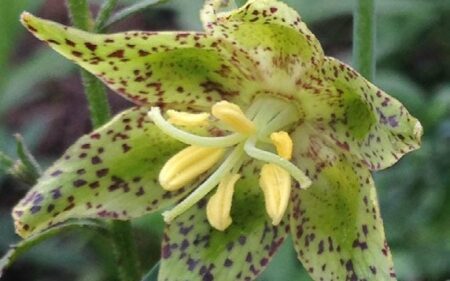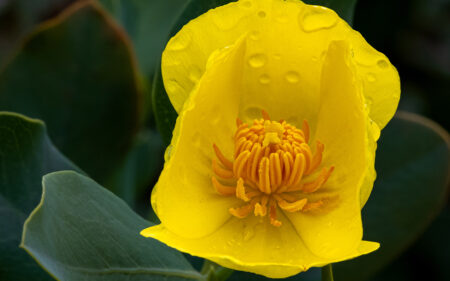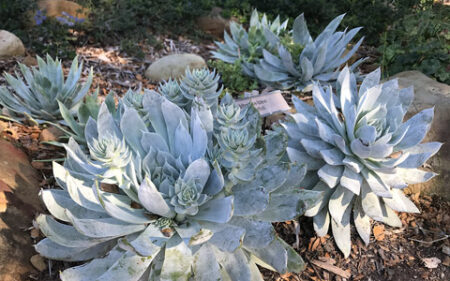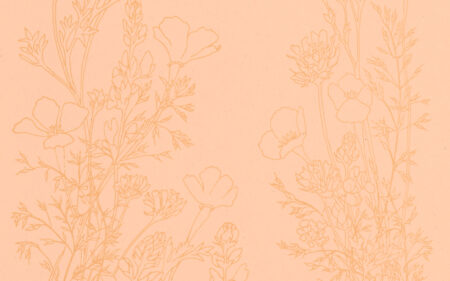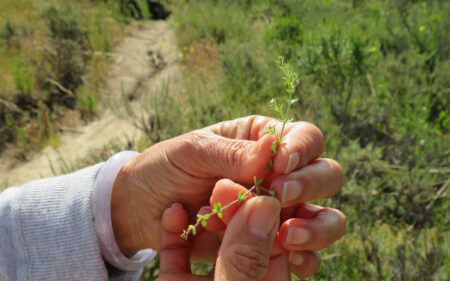Small but Mighty: Rare Plant Visited by a Common Bee
Last month, I set out to the University of California Carpinteria Salt Marsh Reserve. The Carpinteria Salt Marsh is 230 acres in total. 120 of those acres are owned and maintained by the University of California Santa Barbara (UCSB) as an UC Natural Reserve. The other 110 acres are owned and managed by the City of Carpinteria which is accessible to the public. It is an estuary that provides essential habitat for rare flora and fauna. It’s greatly utilized by migratory birds.
Salt Marsh Bird’s Beak (Chloropyron maritimum ssp. maritimum) is a rare and endangered plant found in southern California coastal salt marshes. This plant requires an insect pollinator in order to produce seed, and previous research has shown that large-bodied bees are the best ones for the job. Conservation staff at Santa Barbara Botanic Garden have been conducting research at the University of California Carpinteria Salt Marsh Reserve since 2017 to understand what is currently visiting and pollinating the Bird’s Beak. Historically, it has been visited by bumble bees (Bombus spp.), wool carder bees (Anthidium spp.) and long-horned bees (specif. Melissodes spp.), but very few of these large bees have been seen visiting it over the past few years. For example, only two bees total were observed visiting the Salt Marsh Bird’s Beak in 2021, both California bumble bees (Bombus californicus).
You can imagine our excitement when we observed small sweat bees (Lasioglossum subgenus Dialictus) visit the flowers. These small sweat bees are generalist pollinators that can be observed visiting many plant species. They are called sweat bees because they are known to land on humans and lick up their sweat. We watched them work their way in and out of the flowers. Their bodies may be small, and not the best for pollinating this plant, but any visitor that touches the reproductive parts of a flower and visits multiple flowers has the potential to contribute to pollination.
The European Honey Bee (Apis mellifera) has never been observed visiting the Bird’s Beak; it mostly visits the non-native invasive European Sea Lavender (Limonium duriusculum), which is one of the major threats to the endangered plant. We are experimentally removing the European Sea Lavender to try to recover the Bird’s Beak and its pollinators – stay tuned!
Small sweat bees are very common flower visitors in our local area, and I’ve seen them visit many different wild and cultivated plants (like the cultivated Agapanthus sp. in one of the pictures below). I’m sure you’ve seen one flying around, even if you didn’t recognize it. Next time you see a lot of things buzzing around a flowering plant, stop and take a look at what you see!
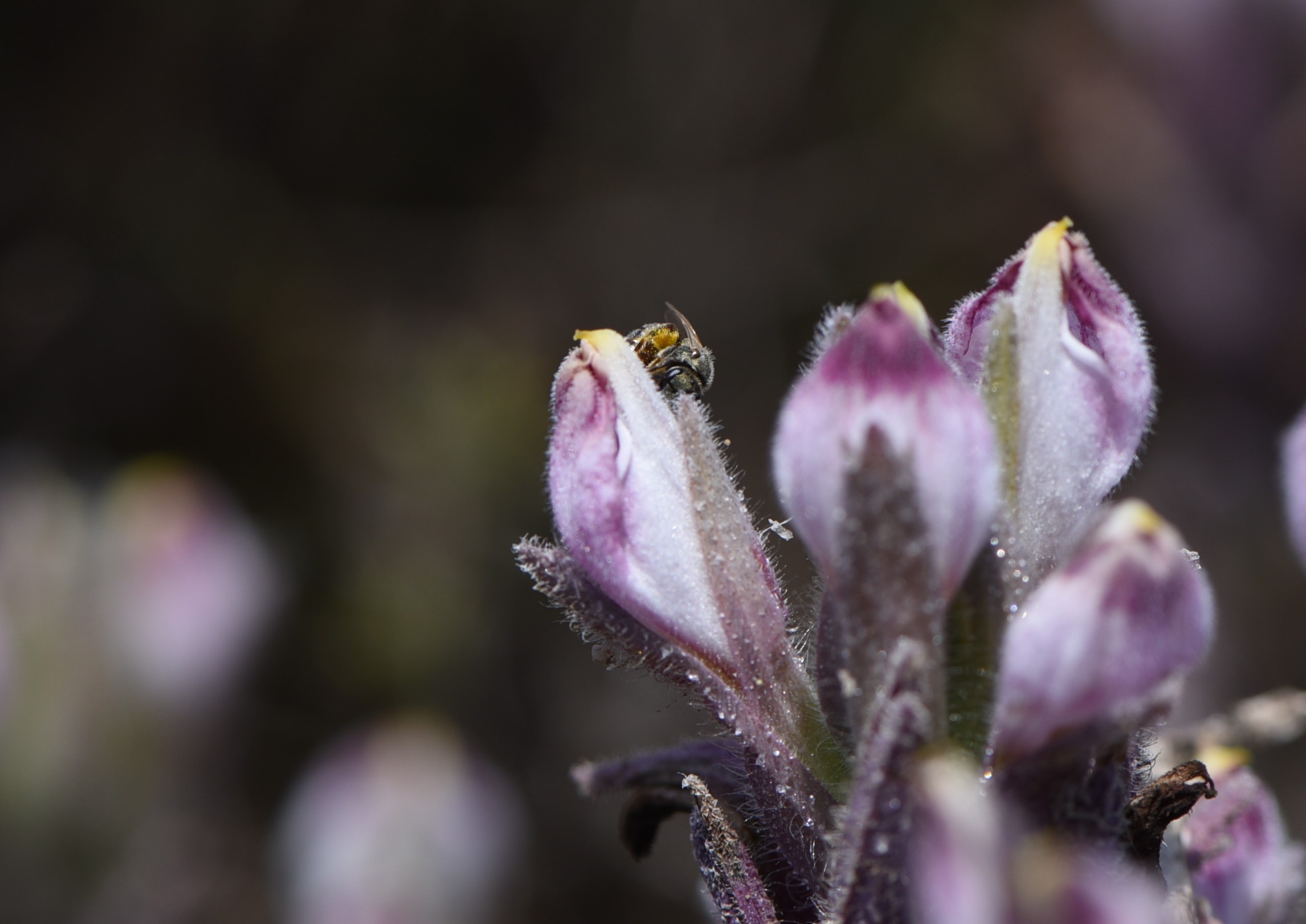
“Small sweat bee (Lasioglossum subgenus Dialictus) on the outside of a Marsh Bird’s Beak (Chloropyron maritimum ssp. maritimum) flower at Carpinteria Salt Marsh”
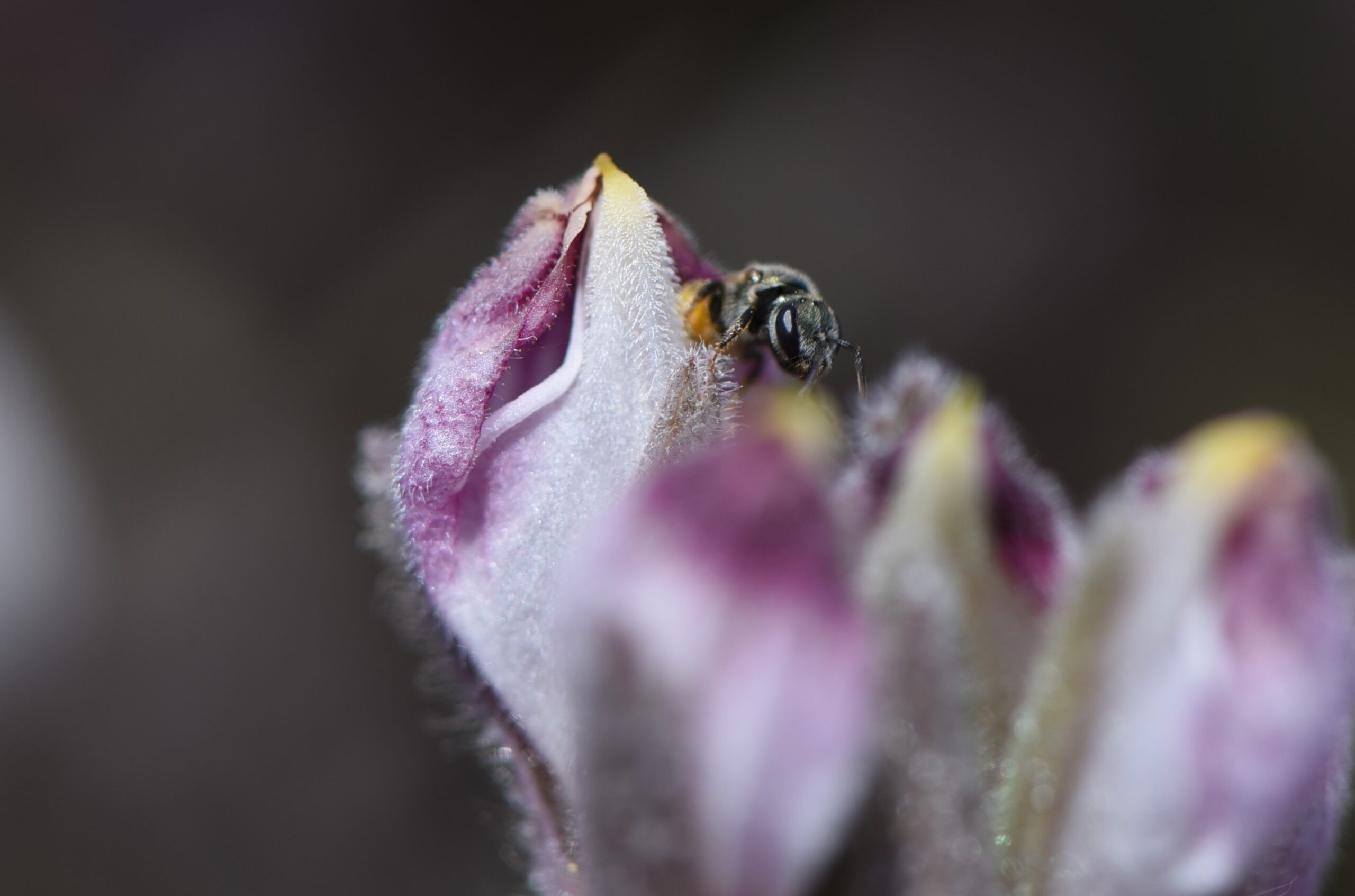
“Small sweat bee (Lasioglossum subgenus Dialictus) emerging from a Marsh Bird’s Beak (Chloropyron maritimum ssp. maritimum) flower at Carpinteria Salt Marsh”
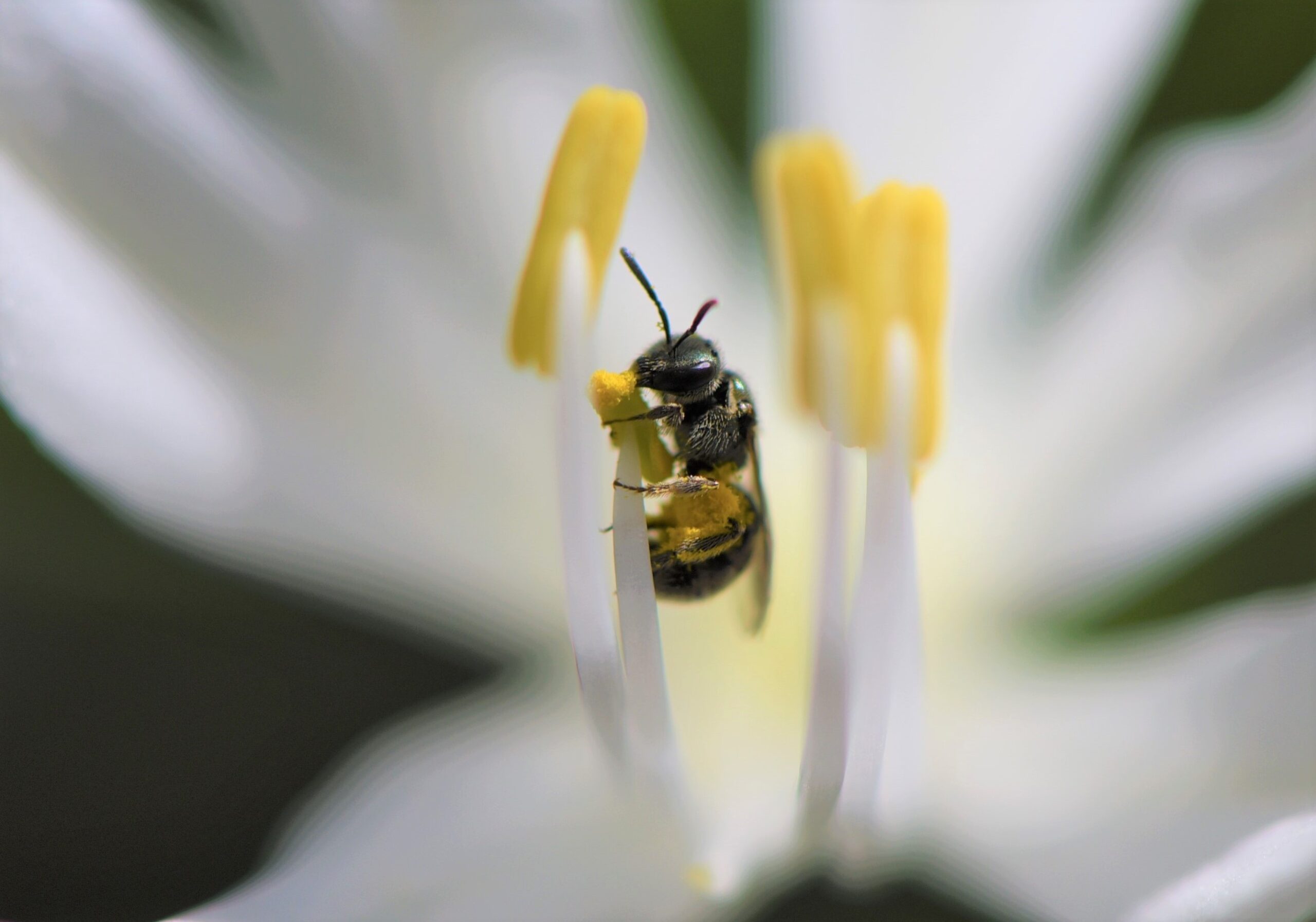
Small sweat bee (Lasioglossum subgen. Dialictus) covered in pollen on an anther of an Agapanthus sp. flower.
In this video you see a small sweat bee visiting Salt Marsh Bird’s Beak flowers.
 Donate
Donate